Putting the entire ocean system at risk.
🔎 Learn more about overfishing: https://wef.ch/2KM97Be

Putting the entire ocean system at risk.
🔎 Learn more about overfishing: https://wef.ch/2KM97Be

Time is the indefinite continued progress of existence and events that occur in an apparently irreversible succession from the past, through the present, to the future.[1][2][3] Time is a component quantity of various measurements used to sequence events, to compare the duration of events or the intervals between them, and to quantify rates of change of quantities in material reality or in the conscious experience.[4][5][6][7] Time is often referred to as a fourth dimension, along with three spatial dimensions.[8]
Time has long been an important subject of study in religion, philosophy, and science, but defining it in a manner applicable to all fields without circularity has consistently eluded scholars.[2][6][7][9][10][11] Nevertheless, diverse fields such as business, industry, sports, the sciences, and the performing arts all incorporate some notion of time into their respective measuring systems.[12][13][14]
Time in physics is unambiguously operationally defined as “what a clock reads”.[6][15][16] See Units of Time is one of the seven fundamental physical quantities in both the International System of Units and International System of Quantities. Time is used to define other quantities – such as velocity – so defining time in terms of such quantities would result in circularity of definition.[17] An operational definition of time, wherein one says that observing a certain number of repetitions of one or another standard cyclical event (such as the passage of a free-swinging pendulum) constitutes one standard unit such as the second, is highly useful in the conduct of both advanced experiments and everyday affairs of life.
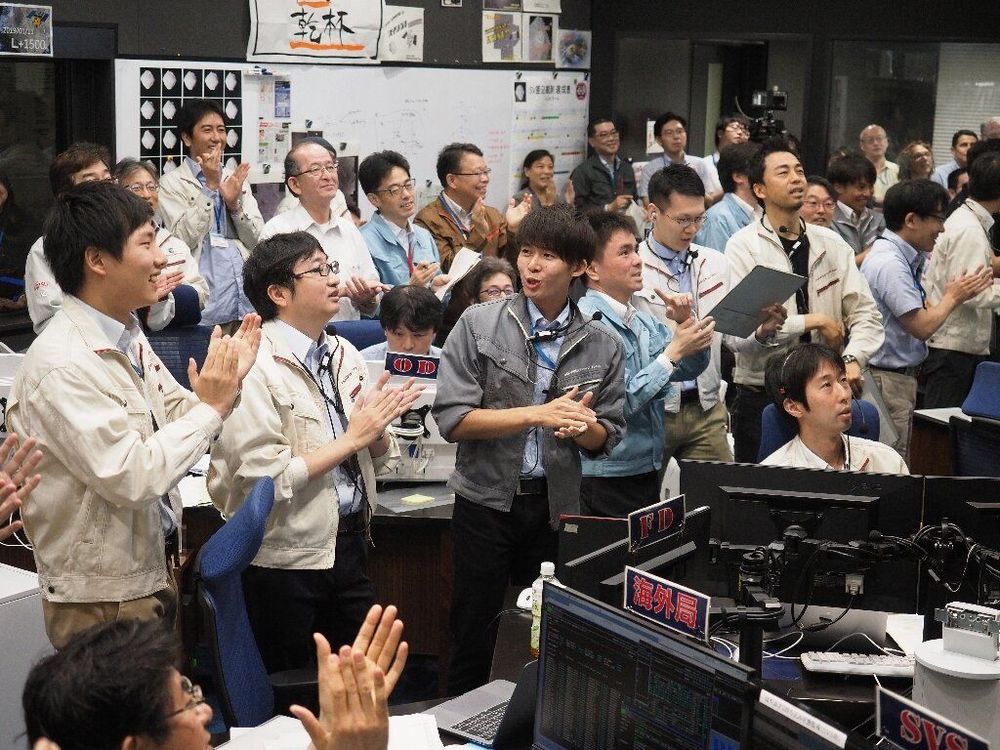
Japan’s Hayabusa2 probe made a “perfect” touchdown Thursday on a distant asteroid, collecting samples from beneath the surface in an unprecedented mission that could shed light on the origins of the solar system.
“We’ve collected a part of the solar system’s history,” project manager Yuichi Tsuda said at a jubilant press conference hours after the successful landing was confirmed.
“We have never gathered sub-surface material from a celestial body further away than the Moon,” he added.
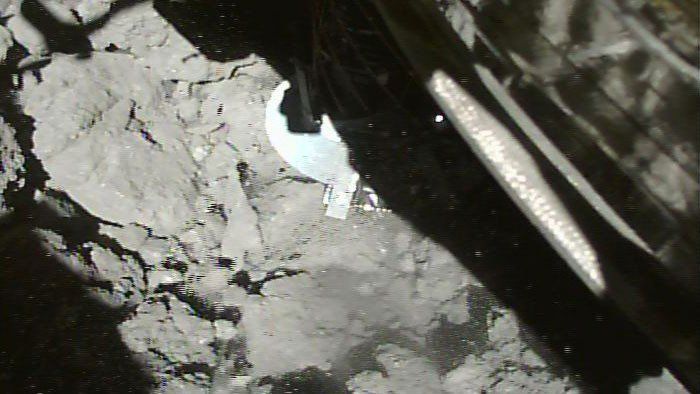
Japanese spacecraft landed on the asteroid surface.
Hayabusa2 has collected a second sample from the asteroid’s surface. It could give us a unique insight into how the early solar system was formed.
The procedure: After a few hours of maneuvering, the spacecraft touched down on Ryugu’s surface at 9:15 p.m. US Eastern time yesterday. It then fired a bullet into the asteroid and collected some of the debris stirred up by the shot. The Japanese space agency JAXA tweeted that the mission had been a success and that the space probe had now left the surface again. It’s the second sampling mission after a similar one in April, and it required particularly careful preparations, because any problems could cause the materials gathered during the first operation to be lost. In April, Hayabusa2 had also fired a copper bomb into the asteroid’s surface to expose the rocks beneath, in anticipation of today’s mission.
Next steps: Hayabusa2 is scheduled to return to Earth at the end of this year, but before it does it has a final task: deploying a smaller rover called MINERVA-II2 later this summer. Its primary goal will be to explore in an environment where there is very little gravity.
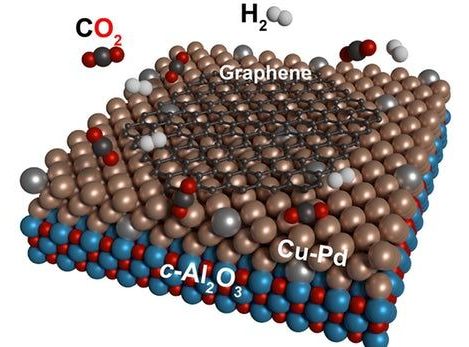
Carbon dioxide is kind of painted as the villain of the 21st century, and it’s not enough to just reduce our emissions now – we need to remove some of what’s already in the atmosphere. Now, researchers at Karlsruhe Institute of Technology (KIT) have developed a simple way to turn the troublesome gas into a useful resource by converting it into the “wonder” material graphene.
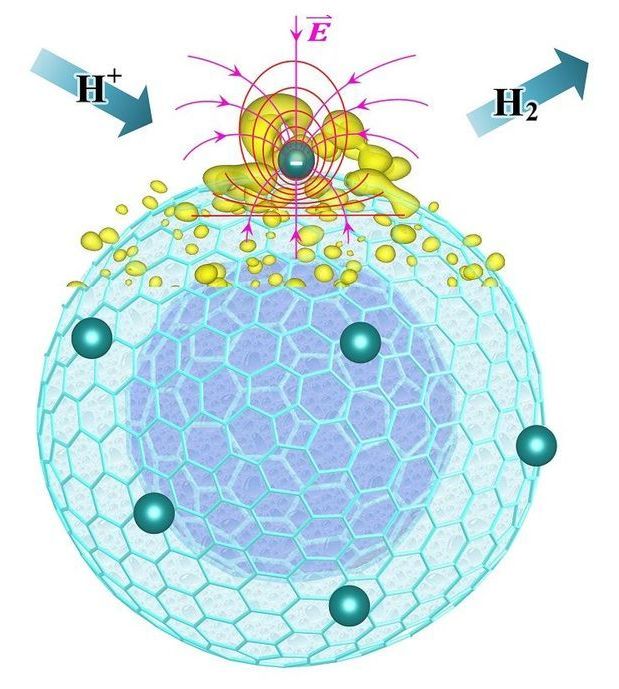

English below. — Mirages & miracles / Exposition / Création décembre 2017, Les Subsistances, Lyon, France. Une série d’installations qui abritent un animisme numérique. Les œuvres, du petit au grand format, offrent toutes une coïncidence finement organisée entre virtuel et matériel : dessins augmentés, dispositifs d’illusions holographiques, casques de réalité virtuelle, projections grande échelle. Elles donnent à vivre un ensemble de scénarios improbables qui tiennent à la fois du mirage et du miracle, qui jouent à la frontière entre le vrai et le faux, l’animé et l’inanimé, l’authentique et l’imposture, la magie, le merveilleux, et l’inouï. — Mirages & miracles / Live Exhibition / New work December 2017, Les Subsistances, Lyon, France. Series of installations inhabited by digital animism. Ranging from small to large-scale work, this corpus of installations offers a delicate coincidence between the virtual and the material using augmented drawings, holographic illusions, virtual-reality headsets, large-scale projections. It offers a unique ensemble of improbable scenarios that takes root in both the mirage and the miracle, and plays with the boundaries between true and false, the animate and the inanimate, the authentic and the deceptive, the magical, the wondrous, and the indescriptible.
Équipe Conception et direction artistique : Claire Bardainne et Adrien Mondot Dessin : Claire Bardainne Conception informatique : Adrien Mondot Développement informatique : Rémi Engel Composition et conception sonore : Olivier Mellano Danse : Bérangère Fournier, Samuel Faccioli, Akiko Kajihara Régie d’exposition : Laurent Cuzin, Elvire Tapie Menuiserie : DeFacto / Julien Quartier, Charles Robin — Atelier Gautier.
Serrurerie acier : Mathieu Laville, Rémy Mangevaud, Elvis Dagier Serrurerie aluminium : Teviloj / Ludovic Laffay Lithographie : URDLA Sérigraphie : Olivier Bral Impression : Artprint Verre soufflé : Nicolas Sartor
Direction technique : Alexis Bergeron Administration : Marek Vuiton Production et diffusion : Joanna Rieussec Production : Margaux Fritsch, Delphine Teypaz
Production

Humans have generated nearly 10 billion tons of plastic in the last 70 years (via NowThis)
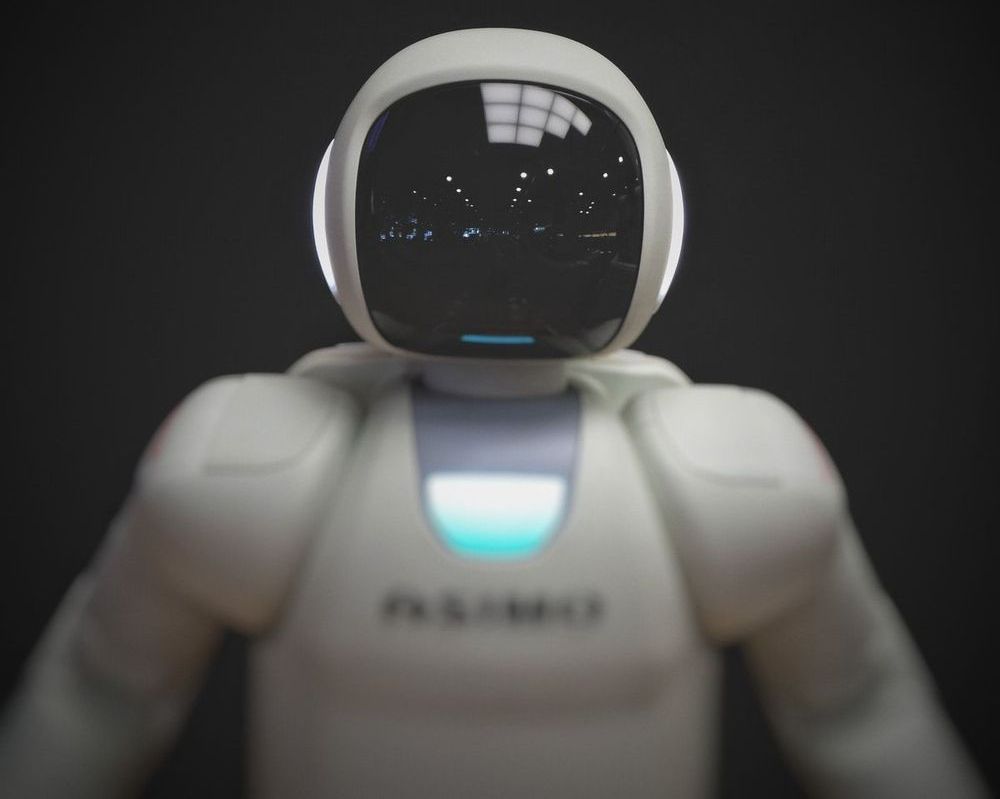
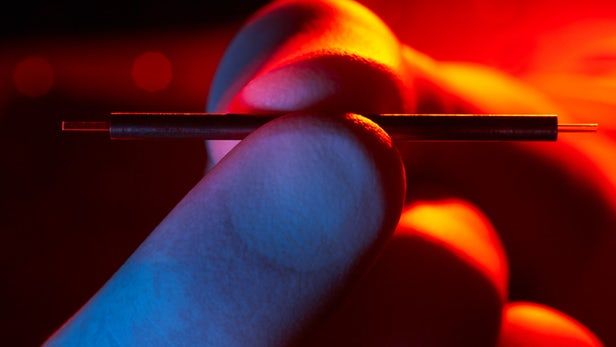
Researchers at MIT in the US and DESY (Deutsches Elektronen-Synchrotron) in Germany have developed a technology that could shrink particle accelerators by a factor of 100 or more. The basic building block of the accelerator uses high-frequency electromagnetic waves and is just 1.5 cm (0.6 in) long and 1 mm (0.04 in) thick, with this drastic size reduction potentially benefitting the fields of medicine, materials science and particle physics, among others.